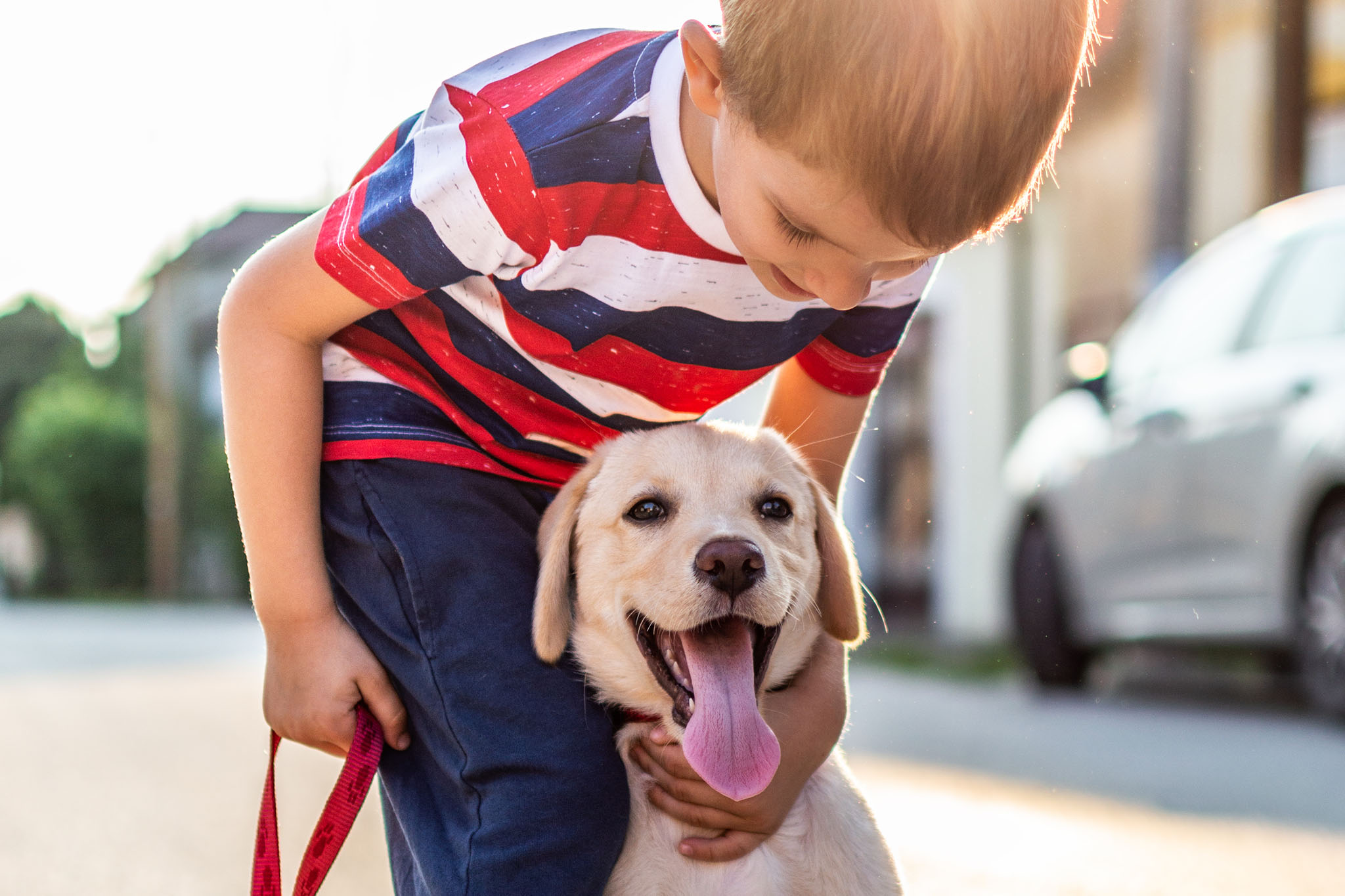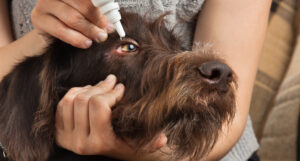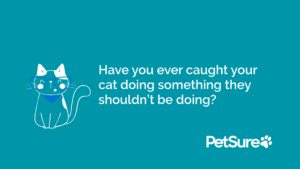Introducing a new puppy or kitten to your family is a very exciting time, but it can also be stressful as they adjust to their new environment (not to mention the chewing!). We asked Veterinary Behaviour Specialist Dr Kersti Seksel from Sydney Animal Behaviour Service (SABS) to share her tips for setting up a new pet for success in a recent PetSure Paws & Learn webinar (access a recording of this webinar here).
The socialisation period
The socialisation period is a very sensitive period in a puppy or kitten’s development, as this is when they learn to cope with their new environment. In puppies, this period can range from around three weeks to 12 weeks of age, and for kittens it ends earlier, at about 7-9 weeks of age. During this time, it is important to habituate your new puppy or kitten to as many different things as possible. During this stage of development, puppy pre-school and kitten kindy are highly recommended, and can help promote better-behaved pets in the long run.
You may be wondering whether to allow your new pet to sit on furniture or sleep on the bed.
Dr Seksel reassures pet parents: “I don’t think it makes any difference if the dog is allowed to sit on the furniture or sleep on the bed – it’s up to you what you prefer. It isn’t going to make them ‘dominant’ or lead to behaviour problems. This is what people used to think last century”.
But this does come with a warning – whatever you do choose to do, consistency is key.
Dr Seksel says: “set your boundaries and stick to them”. If one person allows the puppy on the bed, then everyone should. If the puppy receives conflicting information, they’re going to get confused, and that’s where problem behaviour can develop.
Manners matter
Teach your puppy to master the basics, and you’ll be on your way to a very well-mannered dog. As well as “Come”, “Sit”, “Drop” and “Stay”, Dr Seksel emphasises “Calm” as being vital.
“Always reward calm behaviour,” says Dr Seksel. “When dogs are laying around relaxing, that’s the time to tell them they are good dogs, reward that, rather than pay them attention when they are doing things we don’t want them to be doing”. Dr Seksel also suggests whispering to excited puppies to calm them down, rather than matching their excitement levels. As young animals can become easily distracted, Dr Seksel advises it is often better to wait until they have calmed down to give them quiet praise.
Although dogs are obligate social creatures, Dr Seksel urges all pet parents to train their dogs to remain home alone. “It’s much easier to start that as a puppy,” says Dr Seksel. “They need to learn that sometimes they will be left on their own as we all need to go out sometimes.”
When training your puppy, remember to be patient, train in small easy steps, be consistent, never punish but most of all, have fun!
Toilet training
Toilet training can sometimes put a strain on your relationship with your puppy. “Treats, treats, treats, treats! Positive reinforcement and patience are required in toilet training,” reminds Dr Seksel.
“Always reward the right thing, never ever, ever punish if they get it wrong, because remember -elimination is self-rewarding. Every time you go to the bathroom you feel better. It’s just an emotional response of relief and it happens with the animals too, so that’s why you always want to reward them, when they eliminate where you want and never punish them and certainly don’t rub their nose into it!”
Dogs develop what is known as a “substrate preference” when they are young. This means that once they have learnt to eliminate on a particular surface from an early age, it can be difficult to convince them later on to go on a different surface. Have a dedicated area for your puppy, where they know they can go and be rewarded. This may be on puppy pads, on a balcony or on grass.
With more pets and people living in apartments, it is important for dogs to have a way to communicate to us that they “need to go”. Dr Seksel has an original approach to this: “I really like dogs to learn how to ring a bell to let owners know it is time to take them out!” She explains that dogs can be taught to use a bell with rewards.
If you’re still feeling down about toilet training, remember that not all puppies have full bladder control by the time they’re 16 weeks of age, and some don’t have full sphincter control until almost six months of age. This may be hindering your success with toilet training. If you are concerned that your puppy is having problems with toilet training, be sure to discuss it with your Vet. There are some medical conditions that may result in toileting inappropriately.
Introducing cats and dogs
We all want all members of our furry family to get along. According to Dr Seksel, the key to introducing cats with dogs is to do it slowly. Give both pets a special place that can be their own territory. They can eat, sleep, rest and play in their territory without the worry of the new pet being in the other’s space.
For cats, Dr Seksel stresses the importance of giving them somewhere high where they can get away from everyone. Being up high will help your cat feel safe and give them an escape route. If you have an adult dog and are introducing a kitten, you may not know how your dog will react. For initial introductions, keep your dog on lead and reward good, calm, relaxed behaviour with treats. This helps to build a positive association. We want each pet to think “wow, aren’t you wonderful, great to have you part of my life,” Dr Seksel says.
The tail end
Having a pet is a long-term relationship that you want to start off on the best foot. Stick with the principles of calm, reward-based training and socialisation, and consider a reputable puppy pre-school or kitten kindy to help run by trainers who only use positive reinforcement. And most importantly, have fun with training your pet!
Pet insurance can help by covering a portion of the eligible vet bill if the unexpected happens. Because it is difficult to predict the costs of veterinary care, it can help to have measures in place to help prepare for the unexpected. Check out our partner network and explore our policy tools to find a pet insurance policy.
Not all conditions or items are covered by Pet Insurance. Refer to the applicable Product Disclosure Statement for information about coverage and exclusions.








